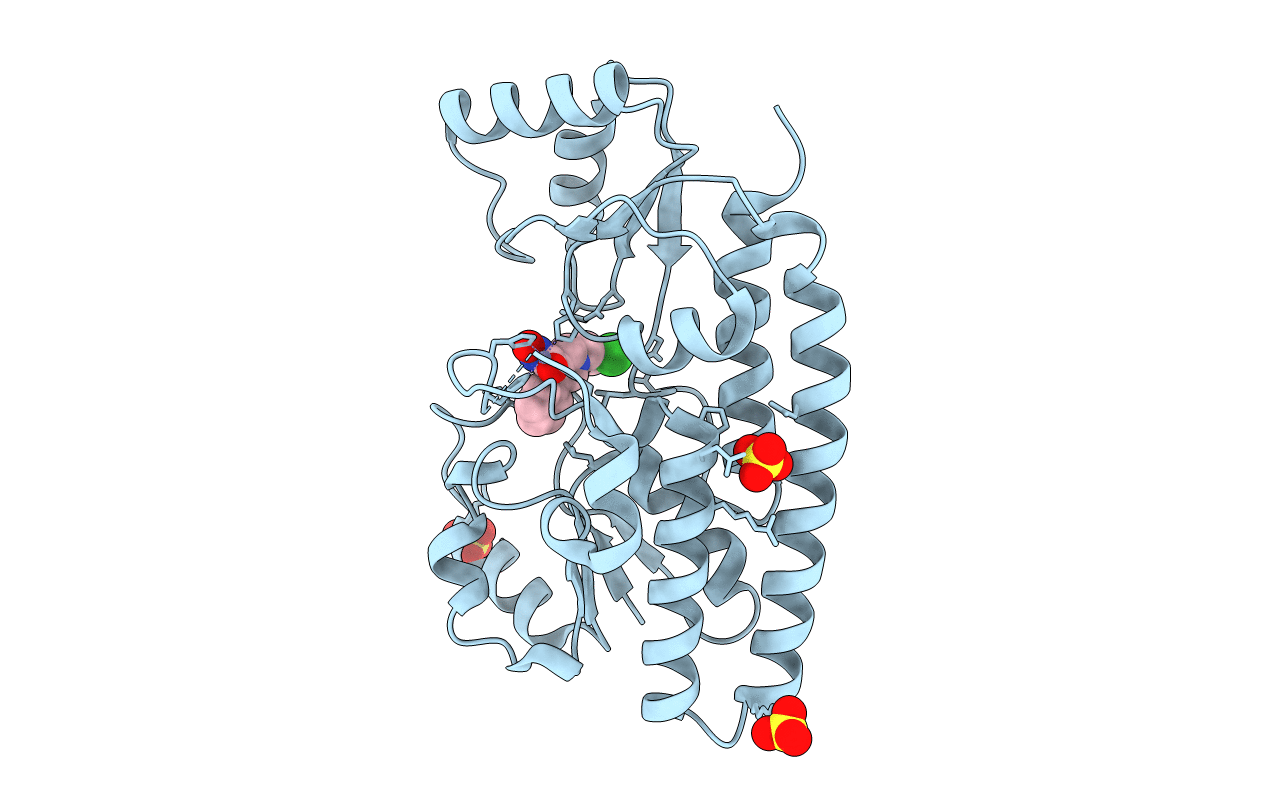
Deposition Date
2012-09-27
Release Date
2013-10-16
Last Version Date
2024-10-23
Entry Detail
PDB ID:
4BBP
Keywords:
Title:
X-ray structure of zinc bound ZnuA in complex with RDS51
Biological Source:
Source Organism:
SALMONELLA ENTERICA (Taxon ID: 28901)
Host Organism:
Method Details:
Experimental Method:
Resolution:
2.15 Å
R-Value Free:
0.23
R-Value Work:
0.19
R-Value Observed:
0.19
Space Group:
P 63


